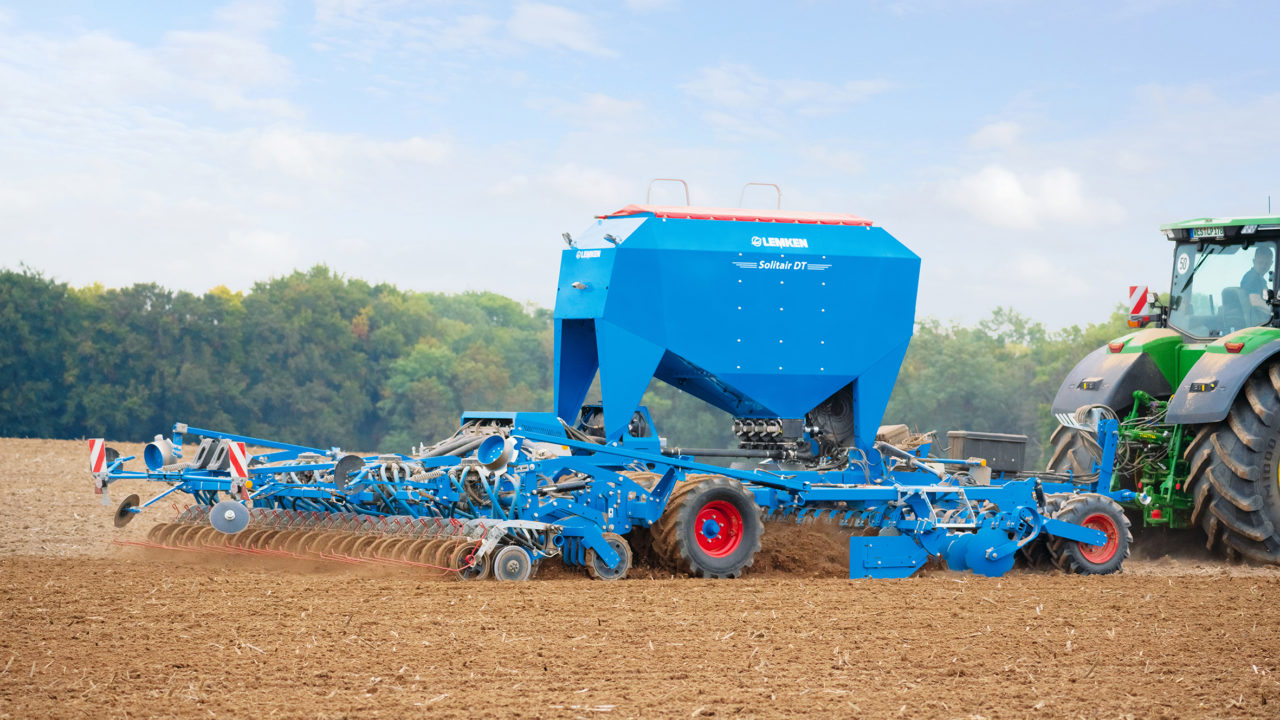Teagasc has confirmed that 90% of spring tillage planting work has now been completed in the south of the country and across the midlands.
However, this figure comes down to around 50% in the north-east.
Teagasc tillage specialist, Shay Phelan told Agriland: “Most growers have pushed ahead with spring barley. But in parts of the country farmers are putting in a mix of barley, oats and spring wheat.
“From here on in, barley becomes a very marginal crop, even on early sites.
“Growers committing to wheat at this stage will know that a late September harvest date will knock them out of sync when it comes to next autumn’s planting schedules.”
The seed rate for spring barley sown out now should be exceed 320 plants/m2 with a large proportion of fertiliser nitrogen (N) incorporated into the seed bed.
Teagasc has indicated that most growers have managed to secure the barley seed they need up to this point. However, this scenario could change if there is a last minute rush for supplies over the coming days.
“The reality is that 2024 is turning out to be a very challenging year and tillage farmers have no option but to get on with the cards they have been dealt,” Phelan added.
Tillage crops for 2024
The Teagasc specialist is also predicting an increase in the area of forage crops grown this year.
“This will include maize, beet and red clover,” he confirmed.
“There is a payment available on red clover at the present time. The one issue that is critical to the growing of forage crops is the need to identify a final customer or customers prior to sowing out the crops.”
Turning to winter cereals, the Teagasc representative confirmed that many growers had used the recent dry spell of weather to catch up on field work.
“October-sown wheat crops are now at Leaf 3 stage. Where November plantings are concerned, this will happen over the coming days,” Phelan explained.
“Getting a fungicide spray on at this stage is critically important. In the case of early sown winter barley crops, many are at the awns peeping stage.
“They should receive their final fungicide treatment as soon as weather conditions permit.”
According to Shay Phelan, between 10% and 15% of the 2024 main crop potato crop has now been planted out.
“Growers are choosing their driest fields and pushing ahead as ground conditions permit,” he added.
Last month saw Teagasc highlight the arrival of new blight strains in Ireland that demonstrate relatively higher levels of resistance to fungicides.
In response to this worrying trend, Teagasc will be hosting a number of crops walks in late May and into early June.
